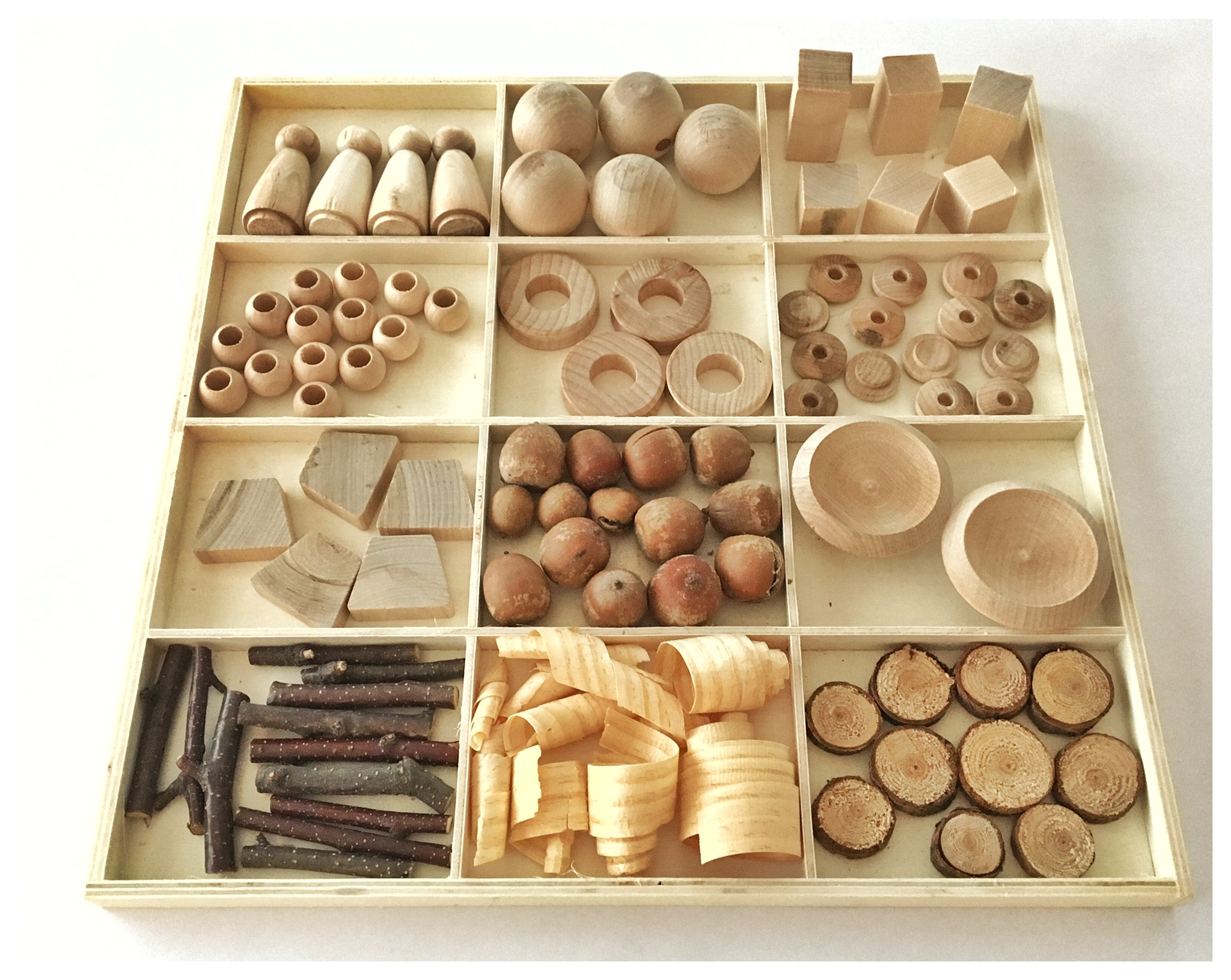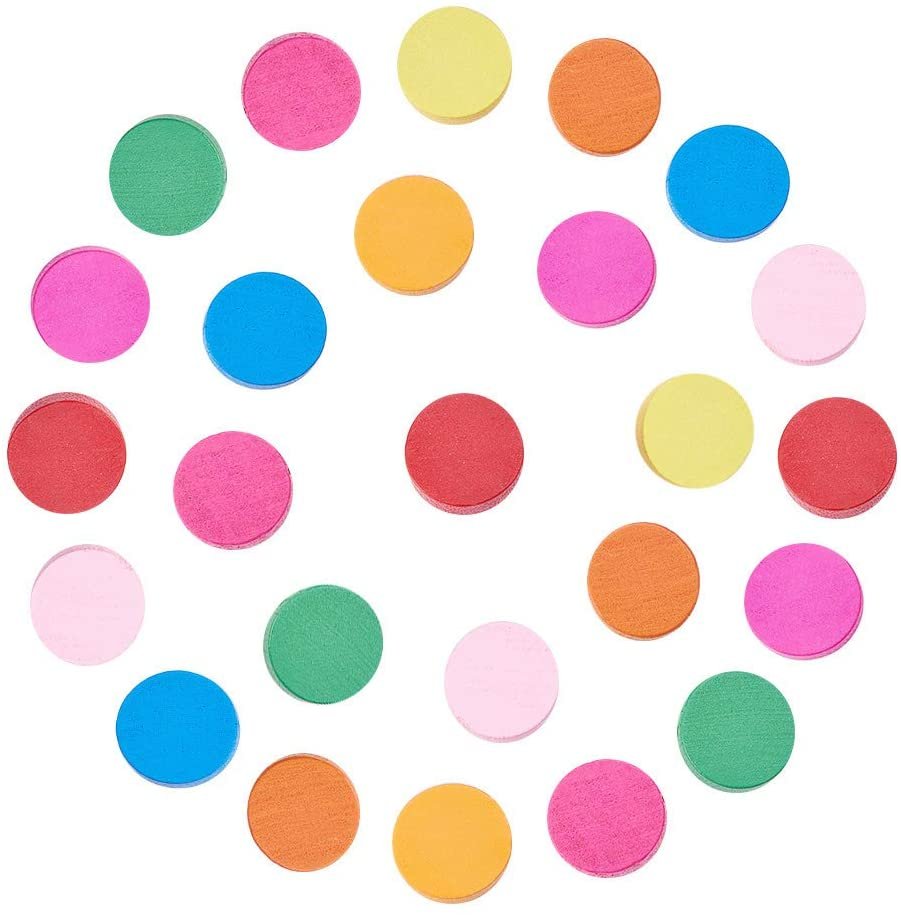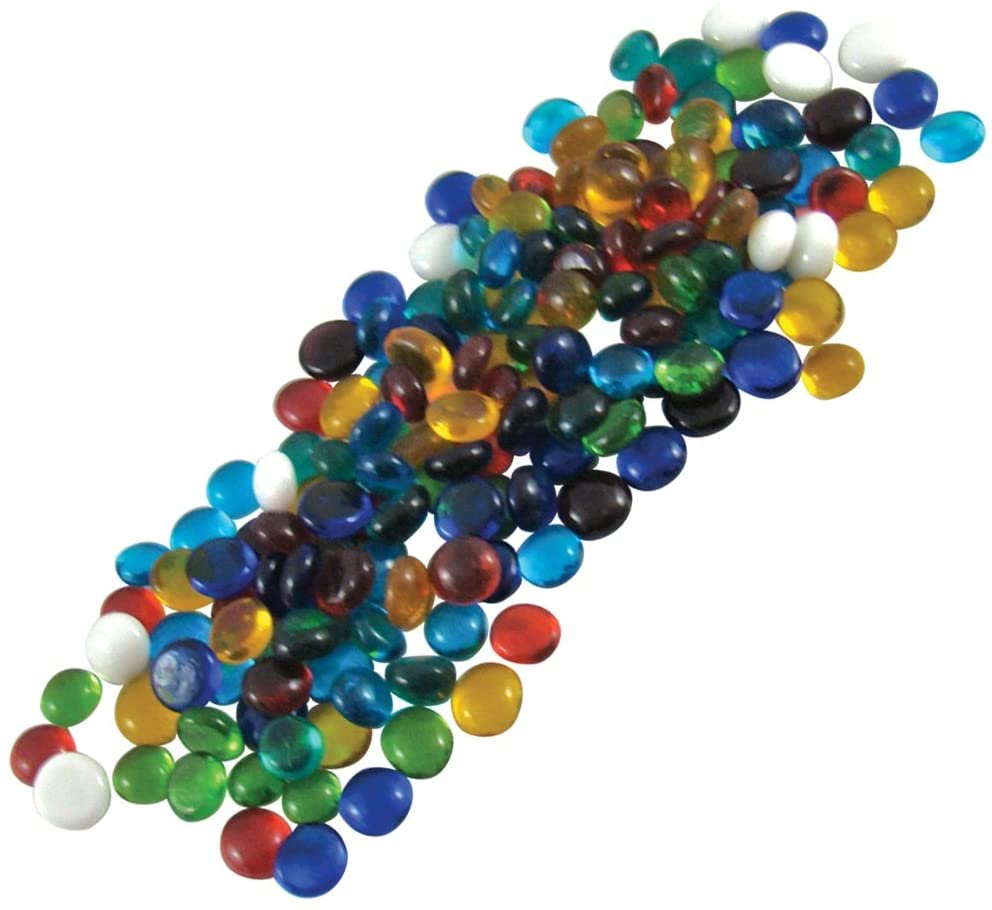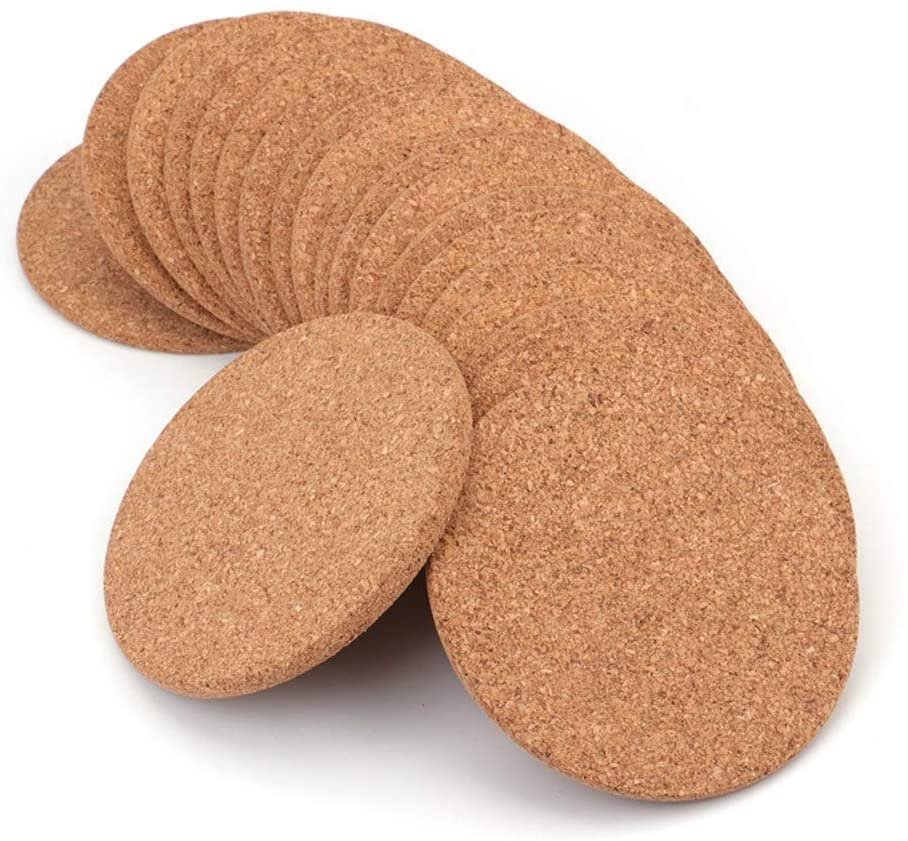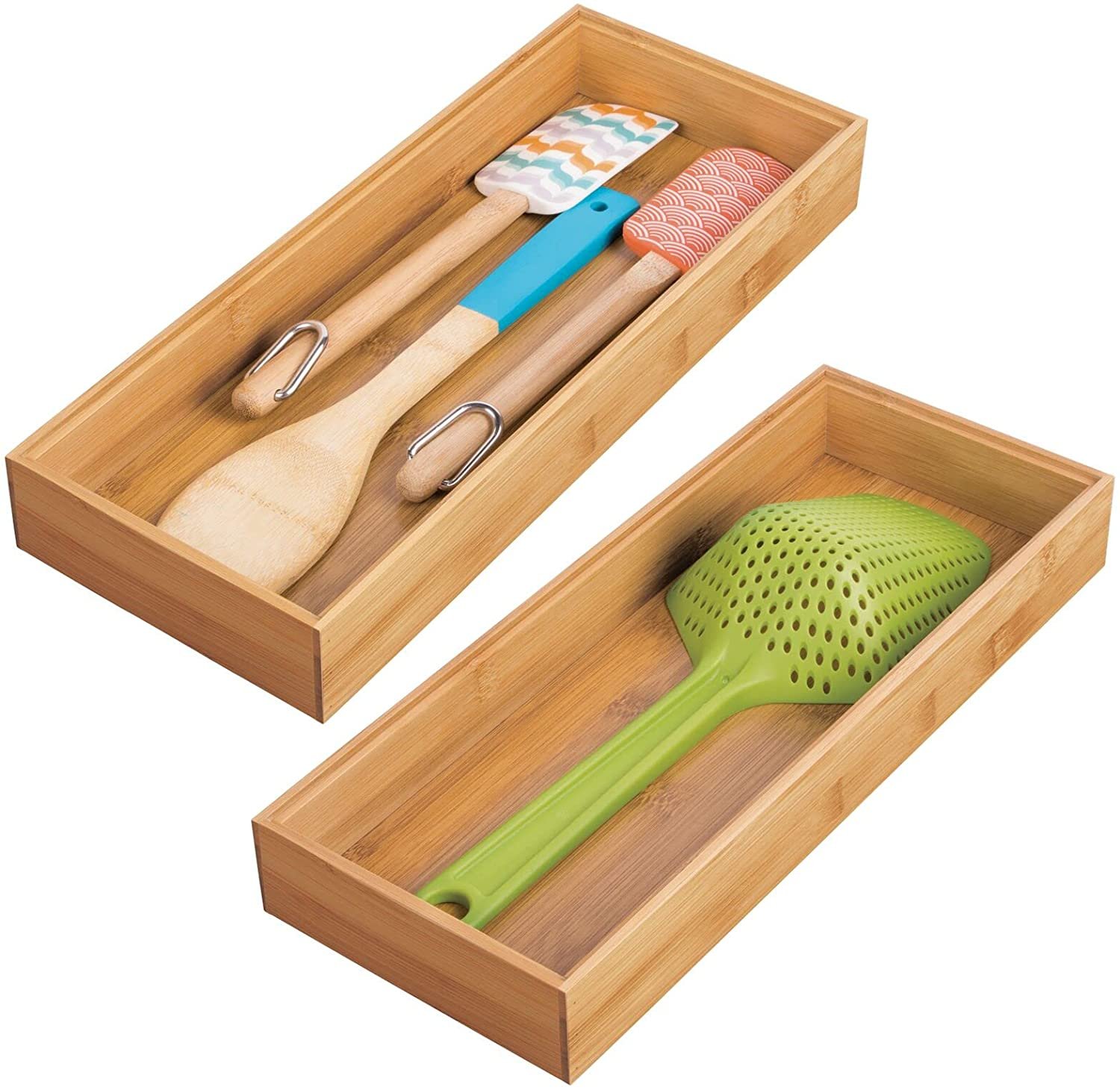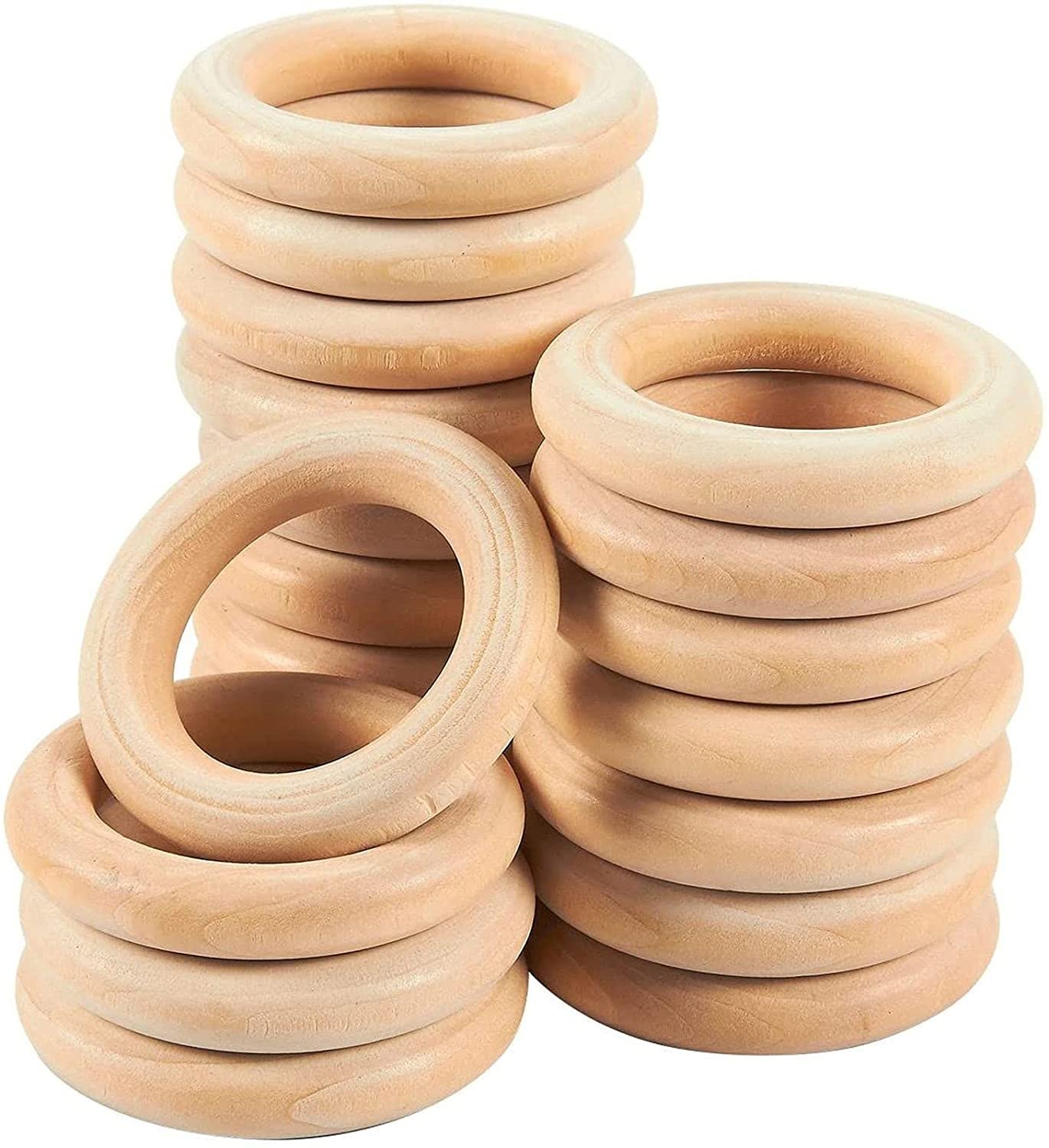Loose Parts Play Explained
/Have you ever seen your child line up sugar packets in a restaurant and make it into a game? What about at the beach when they find little sticks and pebbles and turn them into a road or a house? THAT is Loose Parts Play. Has your little one ever taken boxes and cans out the the recycle bin and made a game with them? Again, that is Loose Parts Play. Loose Parts are a collection of objects that can be used many different ways for play.
Your children inherently know how to play with loose parts. They ALREADY know what to do. Loose parts are a set of objects with no defined purpose. Your child, depending on their age, interests and development turns them from any old object into a material that is right for play. Loose parts can be found or bought. Loose parts can be combined or used alone. Loose parts challenge your child to do the thinking and the playing, as opposed to a toy with specific set of directions or one singular purpose.
Loose parts are available to EVERYONE.
Many are FREE! Beach stones, pebbles, small sticks and pinecones make phenomenal loose parts. Recycled yogurt cups and bottle caps of all colors and sizes make wonderful loose parts. A basket of shells or acorns make great loose parts. Add a small mirror to the basket and you’ve got yourself a set up!!
Found objects make wonderful loose parts. It is all in the way you organize them. Setting them out in a tray or shallow dish entices children to get started. Defining an uncluttered and defined space to use the materials is a great way to start. Put out a small blanket and a limited collection of loose parts. Add in a doll or some trucks, whatever toy your child already loves and is familiar with. Sit nearby, but do your own thing. You don’t need to play with your child. Be a quiet presence, let your child practice playing with loose parts independently.
A little well-phrased language goes a long way when introducing loose parts:
How can you use these materials?
I wonder what you will do with these?
Can you use these objects to make something new?
You can also use loose parts for more directed learning:
How can you arrange these pebbles to make the letter A?
Can you use these materials to show me whether 6 or 10 is a greater amount?
Can you line up these caps to make a pattern?
Show me how you count the buttons.
When we can shift our grown-up mind sets about loose parts, a whole new world of play and education opens for our children. Children already see everyday items as materials for play and art. Our adult notions of what is appropriate to play with changes that. It’s all in your mindset. Opening up their minds, as well as our own, teaches our children that they can make or create basically anything when they exercise their imagination. They learn to be the inventors of their own world. The more they stretch their imaginations, the more magical their little worlds become. They can play anywhere and with anything. When they can do that, your parenting life becomes SO much easier.
Loose Parts Play is trending right now. It is all the rage on Instagram and there is loads of pressure to buy expensive, beautiful materials. If you search Pinterest or Instagram with the hashtag #looseparts or #loosepartsplay, you will be bombarded with images of beautiful, wooden, handmade toys. They are gorgeous and I myself, am fortunate enough to have a playroom full of them. I want you to know that was not always the case. We spent many, many years playing with saved bottle caps, thrifted buttons and acorns. The children decorated their own beach stones and happily lined them up, stacked them, and played all sorts of interesting games with them. You DO NOT NEED expensive toys to have children who engage with hours of productive, engaging play. My own children played just as productively with expensive materials as they do with the ones we’ve pulled from the recycle bin.
Sometimes, I scroll Instagram and see beautifully styled shelves filled with expensive wooden toys. These images are stunning, but I often wonder if the children who live in those homes actually play with their toys. The items are stacked up high and precariously placed on shelves that look like they’ve taken hours to style and are NOT for little hands to touch. Your loose parts collection does not need to look this way. In fact, it probably shouldn’t. Loose parts are made for little hands to play with (make sure they are not a choking hazard).
Think about placement and how your materials are set out. Are they in your child’s sight line? Are they easily accessed by your child or will the tray spill and come crashing down on them? Are they jumbled up and shoved in the corner or are they placed in a way that is inviting to touch and experience?
Below, you will find some of my favorite materials both purchased and recycled for setting out loose parts play.
Recycled:
Cardboard Egg Cartons, especially the ones that hold 36 eggs. We ask bakeries to give them to us when they are finished using them. They often toss them out to the curb and are happy to share the wealth.
Large cardboard trays that hold apples or avocados before they are out for display. Once I hit up our neighborhood Whole Foods and they were happy to give us these!
Plastic Bottle Caps all shapes, sizes and colors
Beach Stones and Shells
Twigs, acorns and pine cones
Buttons and Pom Poms
Get creative with the things you find. Garage sales, craigslist and thrift shops are excellent places to find Loose Parts trays. You should never feel that you need to spend a lot of money to have a beautiful, loved collection of loose parts for play.
Too busy to go collecting and thrifting but you dont want to spend a fortune? I’ve got you covered. Head to my Amazon Shop, where I have curated some of my favorite items to use for loose parts play.
Finally, if you are looking to invest in some high quality loose parts, the items below are many of the items from my own playroom as well as the ones I just want…
Montessori Color Tablets / 2. Loose Parts Set / 3. Felt Squares / 4. Classic Cube Blocks / 5. Grapat Nins, Rings, and Coins / 6. Wooden Acorns / 7. Rainbow Silk / 8. Balancing Blocks / 9. Wooden Houses / 10. Felt Circle / 11. Wooden Trees / 12. Loose Parts Mixed Set
Well, there you have it. Everything you need to know about Loose Parts and Loose Parts play. Do you still have questions or comments on this topic? Join the conversation on Instagram today and let us all know what you think.
(These are affiliate links, which means The Workspace for Children gets a small kickback when you shop these links. Thanks for your support!)
SUBSCRIBE TO THE NEWSLETTER
CHECK OUT OUR E-BOOKS
This downloadable ebook is your personal guide to Quiet Time and Independent Play. This ebook will teach you the basic steps to implementing a Quiet Time and Independent Play strategy that works. The guide teaches you my proven 5 step method for implementing a daily break without using screens. (Guide includes 5 bonus invitations to play.)
The Play Plan is an ebook containing play invitations that are easy to set up, inexpensive, and apply children of all ages. The 25 play prompts are divided into five categories and use items that you most likely already have at home. These play prompts consider children of all ages, all developmental stages, and all learning capabilities. Each prompt can be tailored to fit your unique child’s needs. Play is meant to be simple.





